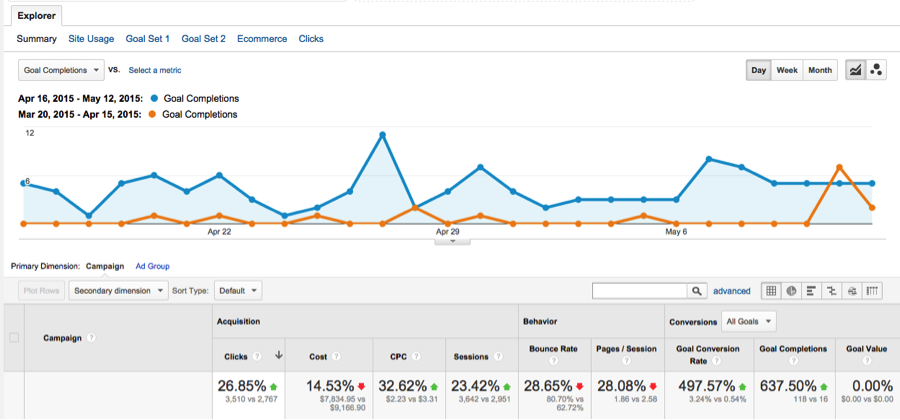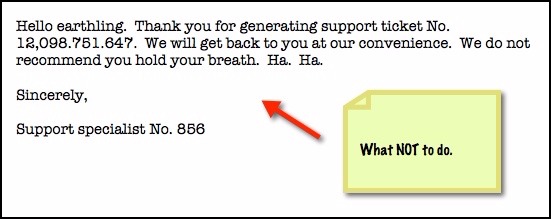In our last post in this series on onboarding new PPC clients, we covered the topic of the GDN.
Today, we continue our discussion with a look at PPC landing pages.
If I had to point to one area that can blow up a PPC campaign (and not in a good way), I’d have to say landing pages (and post-click activities generally).

Why are landing pages a common point of weakness? A couple possible reasons:
1. They’re easy to overlook and undervalue
When your marketing team thinks of PPC campaigns, they probably think about cool pre-click stuff, such as ad messaging, account structure and remarketing.
They’re probably not thinking about everything that has to happen after the customer clicks.
Now, to be fair, many companies (especially larger companies) already have a lot of post-click processes in place. They’ve got a firm handle on sales and fulfillment. And they have CRMs and sales teams to support their marketing teams.
But that isn’t always the case. And in the rush to get a paid search campaign live, it’s easy to forget.
2. They require real involvement from your sales, marketing and IT teams
We can stickhandle some parts of your PPC campaign relatively independently. Of course, we still come to your marketing team for input and approval, but if you’re happy leaving most of it to us, we’re usually fine with that.
But where we do need the support of your marketing team is in putting up landing pages and making sure internal sales and fulfillment processes are in place and working. And while we can certainly advise you on these processes, we can’t do them for you.
Again, sometimes this isn’t an issue. But sometimes it is.
PPC Landing Pages Are Critical to Success
Just how important are landing pages? Extremely. You can have the best campaign ever, but if you don’t have good landing pages and solid post-click processes, you’re basically flushing all those hard won (and paid for!) leads down the toilet.
We saw this problem in action with a client several months ago. The client faced the prospect of their campaign offers becoming obsolete if campaign rollout was delayed too long.
Therefore, we agreed (with great reservations) to go along with the client’s decision to have the campaign ads click through to existing pages on the client’s website, not dedicated landing pages.
Then about a month after campaign launch, the client got the landing pages approved, and we implemented them.
What was the result? A stunning increase in conversion of between 200 to 800 percent!

While that campaign became a huge success, it doesn’t always turn out that way, unfortunately.
We worked with one client where we didn’t spot problems with their post-click processes until we started testing. Then, during testing, we received an auto-generated message as confirmation of a submitted form.
It looked something along the lines of this:

Say what?
To our surprise, the client was initially unwilling to develop a new confirmation response. But the client came around when they found their post-click leads were going nowhere.
By the way, if you need a refresher on what makes a good landing page (or how to quickly audit your existing landing pages), check out our post The 2-Minute PPC Landing Page Audit.
If Your Marketing Team Isn’t Ready, It’s Better to Wait
We believe so strongly in the importance of the good landing pages and post-click processes, we often advise clients to delay the rollout of their PPC campaigns until they have them in place.
We don’t want to waste your money. We want to prove our value to you in real dollars. But that’s hard to do when a campaign falls apart after customers click.
Third-Party Services Are a Valid Option
But what do you do if your marketing team simply doesn’t have the resources (or support of IT) to develop landing pages for your campaigns?
Fortunately, building good landing pages doesn’t have to be an onerous task. In fact, we often recommend clients use a third-party landing page service, such as Unbounce, to develop their landing pages—especially if they’re strapped for resources internally.
These third-party services are easy to use, and the pages are already tested (eliminating a lot of the guesswork). As a result, they’re usually fast to deploy.
Stay tuned for our next post in this series, where we’ll cover what happens during campaign launch. (Always an exciting time!)
To read this series from the beginning, start with our introductory post.






